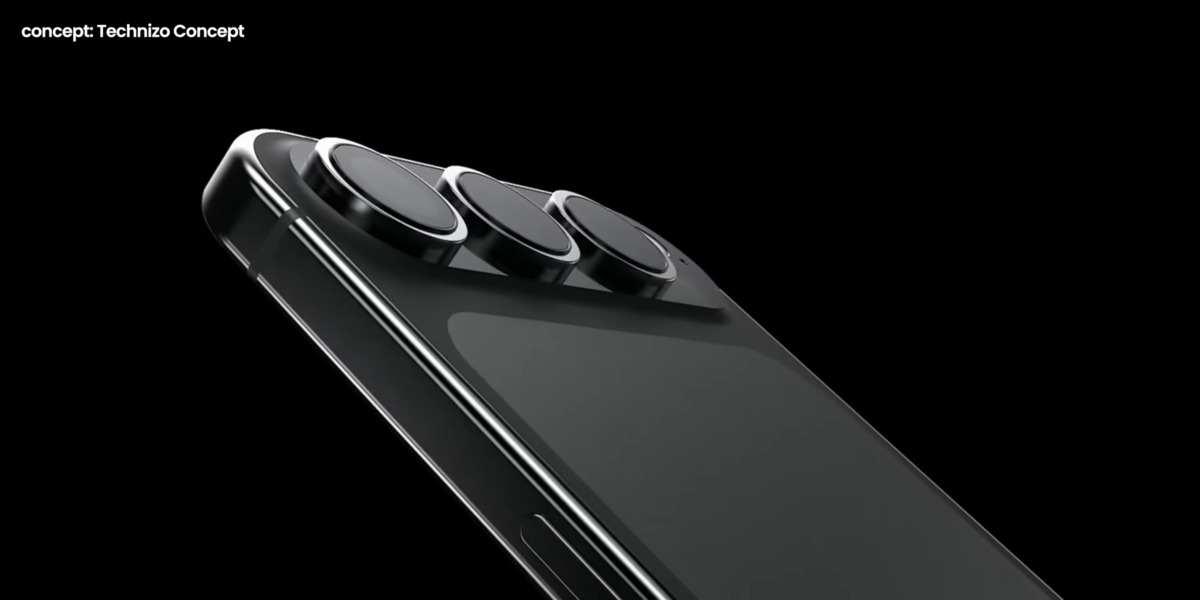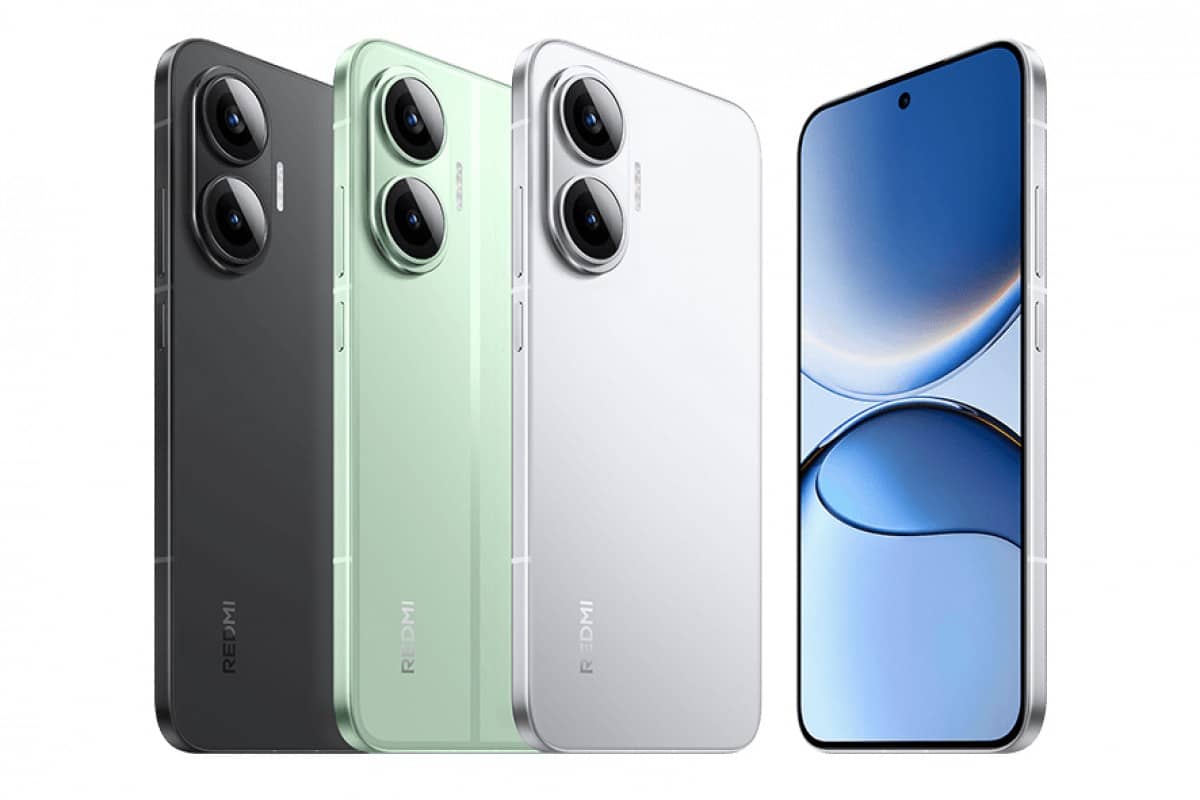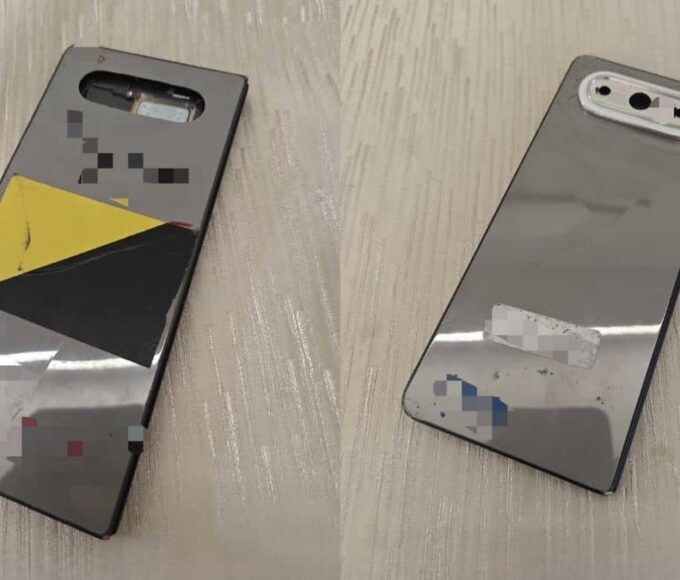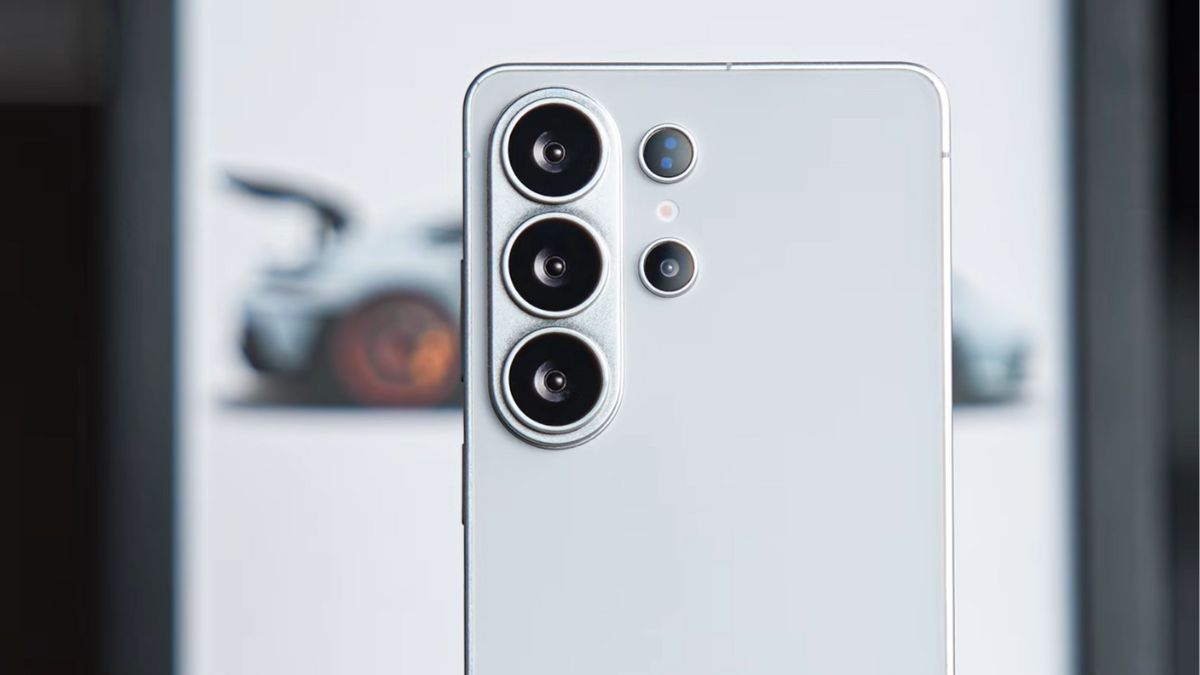Apple has filed a patent for a new image sensor that could allow future iPhones to capture photos and videos with dynamic range close to the human eye.
The patent, titled “Image Sensor With Stacked Pixels Having High Dynamic Range And Low Noise”, describes a stacked sensor design that can reach up to 20 stops of dynamic range — a significant jump from today’s smartphone cameras, which usually range between 10 and 13 stops.
The human eye’s dynamic range is estimated to be between 20 and 30 stops, depending on lighting conditions. If Apple’s technology becomes reality, iPhones could match or even outperform high-end cinema cameras, including the ARRI ALEXA 35.
How It Works
The sensor uses two stacked layers:
- A sensor die on top that captures light.
- A logic die underneath that handles processing like noise reduction and exposure control.
One of the standout features is the Lateral Overflow Integration Capacitor (LOFIC) system. It allows each pixel to store different amounts of light in the same image, helping the camera manage very bright and very dark areas at once. This helps retain more detail in high-contrast scenes, such as someone standing in front of a bright window.
Another key element is on-chip noise cancellation. Each pixel has its own memory circuit to detect and remove heat-related noise in real time, improving photo clarity before any software editing.
What This Means
Today, Apple uses Sony sensors in its iPhones, which also have a two-layer design. But Apple’s patented version is more compact and adds unique features like LOFIC and real-time noise reduction.
While this patent doesn’t confirm when — or if — this tech will appear in upcoming iPhones, it does show Apple’s active interest in pushing camera innovation forward. If this technology comes to life, future iPhones could set a new benchmark in mobile photography and video.











